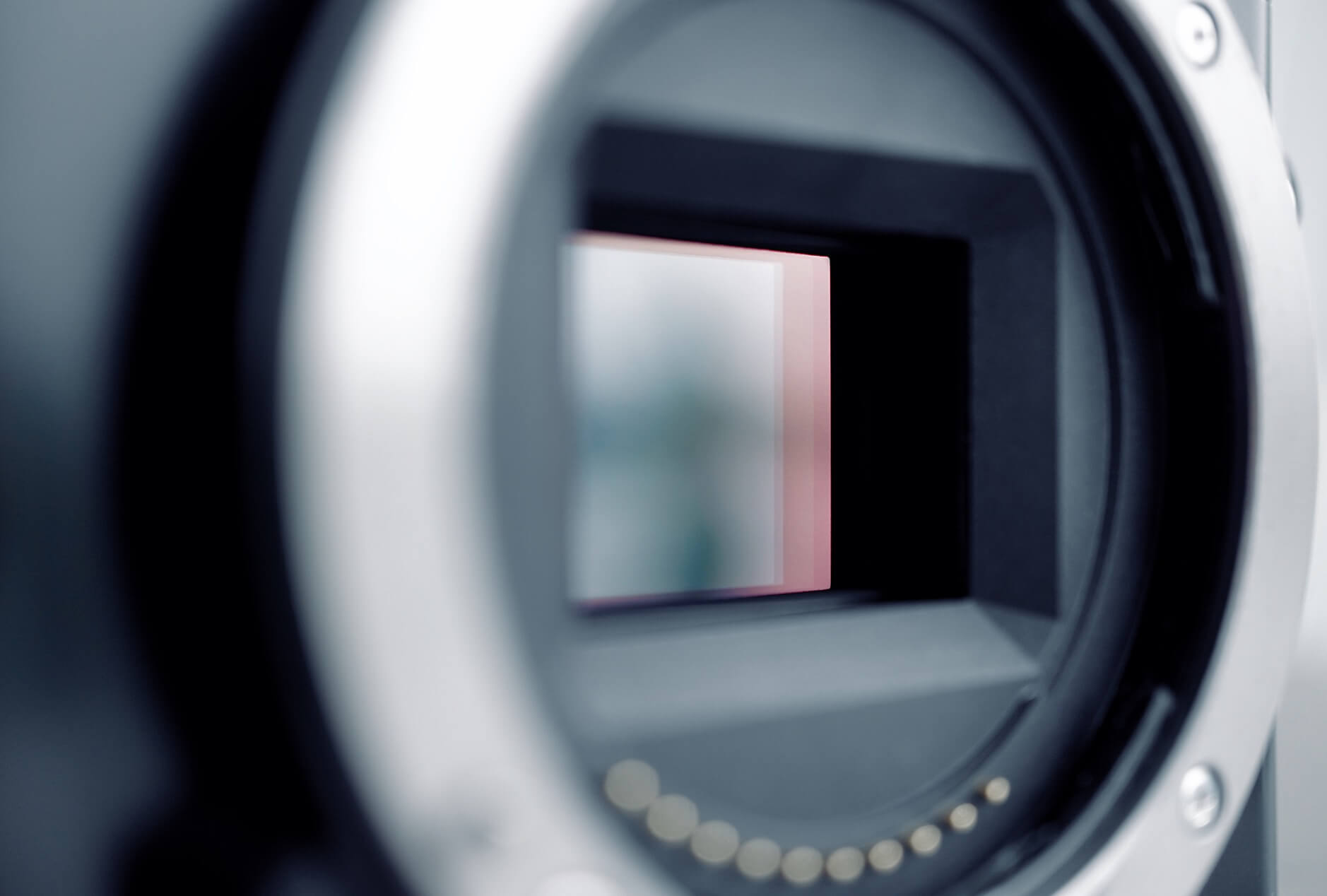„Smartphone Cameras Will Be Superior to SLRs by 2024, says Sony CEO“

As reported by Nikkei, Sony recently held a business briefing session for its Imaging and Sensing solutions where Terushi Shimizu, President and CEO of Sony Semiconductor Solutions, said that he and his division expect the image quality taken with smartphones to surpass that of those taken by single-lens reflex cameras by 2024, a claim mirrored by presentation materials.
Die Anmerkung ist erwähnenswert, weil sie vom Chef der Sony Semiconductor Solutions kommt. Sony streicht als Marktführer von Kamera-Sensoren rund die Hälfte1 der Umsätze aus diesem Segment ein, und bestückt natürlich auch die iPhones.
Es bleibt eine Kerntechnologie, die Apple (anscheinend) weiterhin nicht in die eigene Hand nimmt – anders als für Chips, Displays und Modems. Abgesehen vom Sensor arbeitet ein gigantisches Team bei Apple an den Kameras2.
Als das spannendste Kamera-Gerücht erachte ich in diesem Jahr übrigens einen Autofokus für die TrueDepth-Kamera – anstelle der bekannten Fixed-Focus-Linse. Dieses Upgrade erhielt im letzten Jahr das rückseitige Ultraweitwinkel. Im iPhone 11 + 12 war es ein Spielzeug-Objektiv; seit dem iPhone 13 ist es „a whole new camera“3.
- „In 2020, Sony held the largest CMOS image sensor market share, while Samsung came in second. Samsung had a 25% revenue share in the first six months of 2021, down from 28% a year earlier. On the other hand, Sony led the market with a 42 % revenue share, slightly down from 45% a year earlier, and OmniVision came in third with a 13% revenue share, up from 9% a year earlier.“
- Charlie Rose: How many parts are in here?
Graham Townsend: There’s over 200 separate individual parts in this– in that one module there.
Graham Townsend is in charge of a team of 800 engineers and other specialists dedicated solely to the camera. He showed us a micro suspension system that steadies the camera when your hand shakes.
- In the iPhone 11 and 12, I found it useful to have the ultra-wide in my pocket— way more useful than the iPhone’s Panorama Mode— but I still mostly avoided it. It was ‘fixed focus’, which means there is no way for the lens to adjust what is sharp. It was designed so all of the frame was in focus. This caused smudgy images, trading clarity for a wider field of view. I never felt like it produced great shots, particularly when compared to the excellent Wide camera.
The iPhone 13 Pro addresses all of this. Without exaggeration, this might be the most significant jump in an iPhone camera since the iPhone 3GS added video.
The ultra-wide’s sensor is significantly larger, the lens aperture is much wider, and the lens can now change focus! It’s still a smaller sensor than on the Wide, and it still distorts and softens an image at the edges, but overall, it creates spectacular shots with pretty good sharpness. This is no mere upgrade, this is a whole new camera.